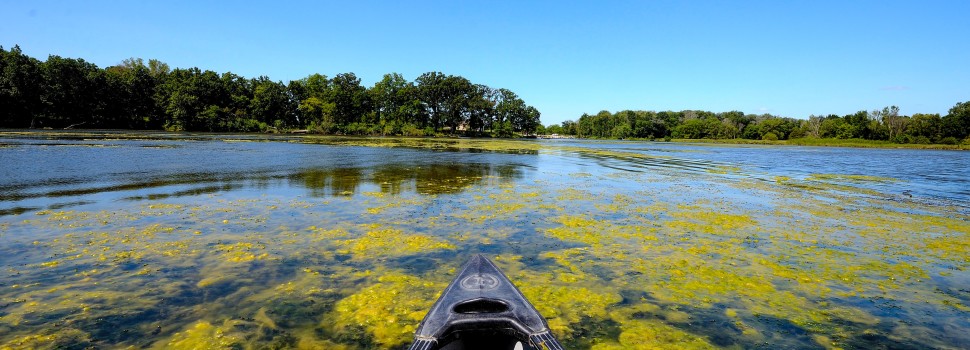One century ago this year, the University of Illinois at Urbana-Champaign launched its flagship outreach effort in the form of the Extension School (you can learn more about its history here). Today, Extension offers educational programs in all of Illinois’ 102 counties. Coincidentally, the school shares its centennial anniversary with none other than the Forest Preserves of Cook County. Yet a connection was not forged between the two until very recently—last year, to be exact.
The inaugural Master Naturalist program was established close to U of I’s homebase in central Illinois in 2005. Then and now, it covers Champaign, Ford, Iroquois, and Vermilion Counties, as well as the Champaign County Forest Preserves and Urbana Park District. The program promotes nature-based community service by citizen volunteers. By providing participants with science-based educational opportunities, it better equips them to share natural resource information with the public and to become engaged and effective environmental stewards.
It took nearly a decade before the program was expanded to address the natural history, environment, and conservation issues of Cook County—despite that it’s home to the oldest and largest forest preserve district in the nation. In its recent history, of course, the forest preserves were subject to a great deal of abuse and neglect. Ancient prairies and woodlands had been replaced by impassible thickets of invasive brush, land had been sold off, and the landscape was dotted not with a diversity of species but with litter. Thousands of acres were protected, but few offered an ideal setting in which to learn about the county’s unique flora, fauna, and ecology.
The preserves have since made quite the comeback. Many sites have been restored under the careful guidance of dedicated stewards, volunteers, and even Friends’ own intern corps. Nearly 1,000 acres meet the Illinois Natural Area Inventory’s criteria for high-quality habitat. More than 1,200 species of native plants and 300 species of native birds thrive in the preserves. And 10,200 acres of lakes and ponds (not including Lake Michigan), 2,300 acres of swamps and marshes, and 576 miles of creeks and rivers host nearly 100 species of fish—not to mention a variety of other aquatic life (more information on the preserves’ natural and cultural resources, as well as how the District plans to manage them for the next century, can be found here).
And so, a mosaic of forest preserves ranging in condition from pristine to vulnerable spans the county. This variety of sites provide the ideal environment to train Master Naturalists—the latest class of which I was accepted into earlier this year. As we cover units such as mammals, reptiles, geology, hydrology, botany, archaeology, and the climate of Cook County, healthy and accessible sites represent the best-case forest preserve scenarios. We’re trained in restoration techniques for sites overrun with buckthorn, damaged by erosion, or encroached upon by development, but these sites also afford invaluable perspective.
Armed with the knowledge we gain from those preserves, and from the experts who work in them, the second class of Cook County Master Naturalists will be finishing the program at the end of October. Graduates will be equipped to conduct restoration work, lead students on field trips, and volunteer in a variety of capacities. We will be the latest in a long line—Friends’ included—of advocates for our forest preserves.
More information about the Cook County Master Naturalist program can be found at http://web.extension.illinois.edu/cook/mn/.
 By Catie Boehmer, Development Manager, Friends of the Forest Preserves
By Catie Boehmer, Development Manager, Friends of the Forest Preserves

